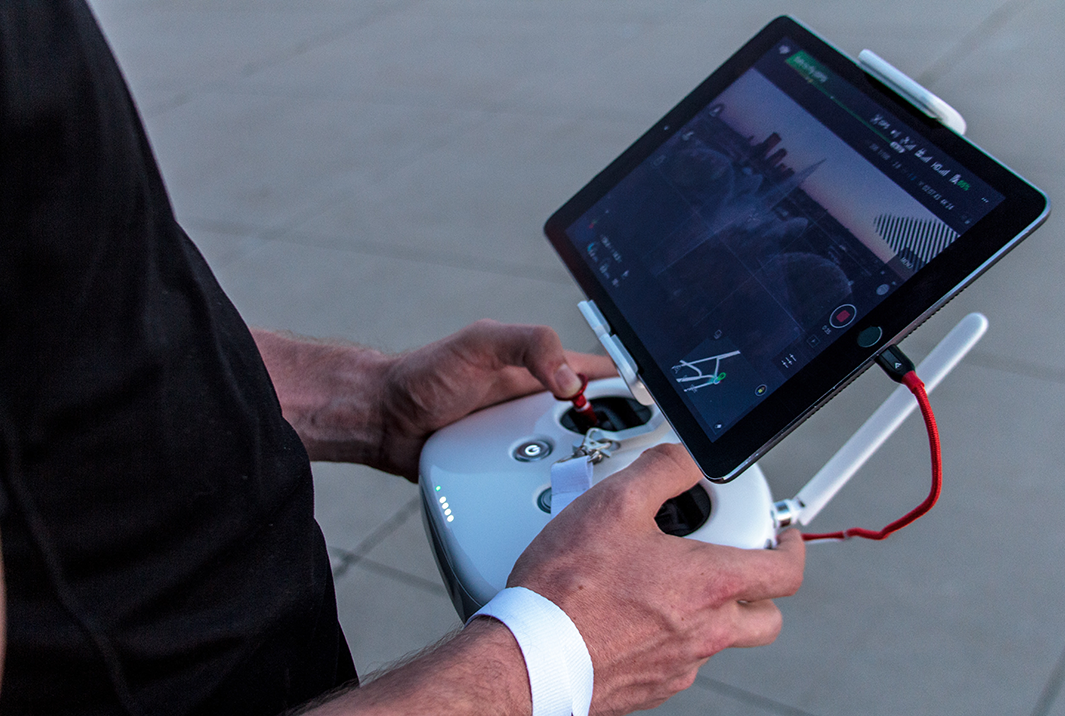Outreach 101
Outreach Introduction
There are many ways to get in ways to get involved in outreach efforts for the surveying profession. Maybe you are new to outreach, and it seems like a daunting task. Or maybe you are seasoned outreach veteran looking for some new tips. Beasurveyor.com’s outreach 101 has you covered.
Many surveyors are passionate about fostering the next generation of surveying professionals. We believe that by reaching out to K-12 students, early college students, and educators, we can ignite their curiosity and interest in the dynamic field of surveying. It is valuable to the profession to bridge the gap between the classroom and the real world of surveying by offering valuable insights, guidance, and resources.
Outreach 101: A Guide to Outreach
5 Ways to Get Started in Surveying Outreach
Establish Relationships with Local Schools and Educators:
Before you can get started in outreach, you need to have a local network. Reach out to local schools, teachers, BOCES, and educational organizations (such as FFA, 4-H programs, Scouts). Offer to do activities, presentations, or workshops related to surveying. Building strong relationships with educators and counselors is a key step in gaining access to K-12 students.

Participate in Career Fairs and STEM Events:
Attend K-12 career fairs, college career fairs, STEM (Science, Technology, Engineering, and Mathematics) events, and community outreach programs. Set up engaging booths or displays to introduce students to surveying equipment and technologies. Interactive activities can pique their interest and make your presence memorable. This can be drones, LiDAR scanners, and total stations. You can also rent exhibit booth materials, such as banners and table drapes by signing up on the surveyor outreach fulfillment page.

Offer Engaging Presentations and Classroom Activities:
Presentations can highlight the importance and excitement of surveying. We have a high school presentation with a full script available for download. You can build on the presentation to use real-world examples to make the content relatable and interesting. Be prepared to answer questions and encourage student participation during the presentation. You may want to bring in surveying equipment to your presentation to highlight the tools you use as a surveyor. You may even give a demonstration on the equipment. For the younger K-8 audience, you can perform classroom activities. There are several you can download from the resources page.

Connect with your State Association and Local Chapter:
If you have not done so already, connect with your state association and local chapter. Many associations and chapters have standing committees that you join. They may already have an outreach schedule you can join and build upon. If you are new, they may also have surveyors with years of outreach experience that can help you on your path.

Create Mentorship Programs:
Establish mentorship programs that pair experienced surveyors with interested K-12 students. This one-on-one interaction can provide valuable insights and guidance, allowing students to explore the profession in-depth. Giving them a chance to use surveying tools or participate in a mini-surveying project can be a transformative experience that sparks their curiosity for the profession.

Remember, consistency is key in K-12 outreach. Regularly engage with schools and students to maintain their interest and build a lasting connection. By making surveying accessible and exciting, you can inspire the next generation of surveying professionals.
Public Speaking
Public speaking can be a valuable skill for anyone involved in K-12 outreach, even if it doesn’t come easily to some. Here are some tips to help you become a more confident and effective public speaker:
Know Your Audience:
Understand the needs, interests, and knowledge level of your audience, especially when speaking to K-12 students. Is the high school class seniors or freshman? Is it the BOCES program? Is it an after-school STEM class? Is it a class of third graders? Each will require a different approach. Tailor your content and approach accordingly to engage them effectively.
Practice, Practice, Practice:
Rehearse your presentation multiple times before the actual event. If you are using the downloaded presentations from beasurveyor.com, go over the script and tailor to meet your needs. Familiarity with your material will boost your confidence.
Control Your Body Language:
Be aware of your body language. Stand or sit up straight, use hand gestures purposefully, and avoid distracting movements. Your posture and gestures should complement your message.
Speak Clearly and Slowly:
Enunciate your words clearly and avoid speaking too quickly. This allows your audience, especially K-12 students, to follow your message more easily.
Engage Your Audience:
Encourage interaction by asking questions, using rhetorical devices, or involving the audience in brief activities or discussions. This could be using a surveying tool, such as a drone or LiDAR scanner as a visual aid. This keeps their attention and participation.
Be Authentic:
Be yourself. Authenticity helps build a connection with your audience. Share personal anecdotes or experiences when relevant, as this can make your message more relatable.
Handle Questions:
Be prepared for questions and answer them confidently. If you don’t know the answer, admit it, and offer to follow up later with the information.
Remember that public speaking is a skill that improves with practice and experience. Embrace each opportunity to speak in public as a chance to grow and refine your abilities, and don’t be discouraged by occasional challenges.
